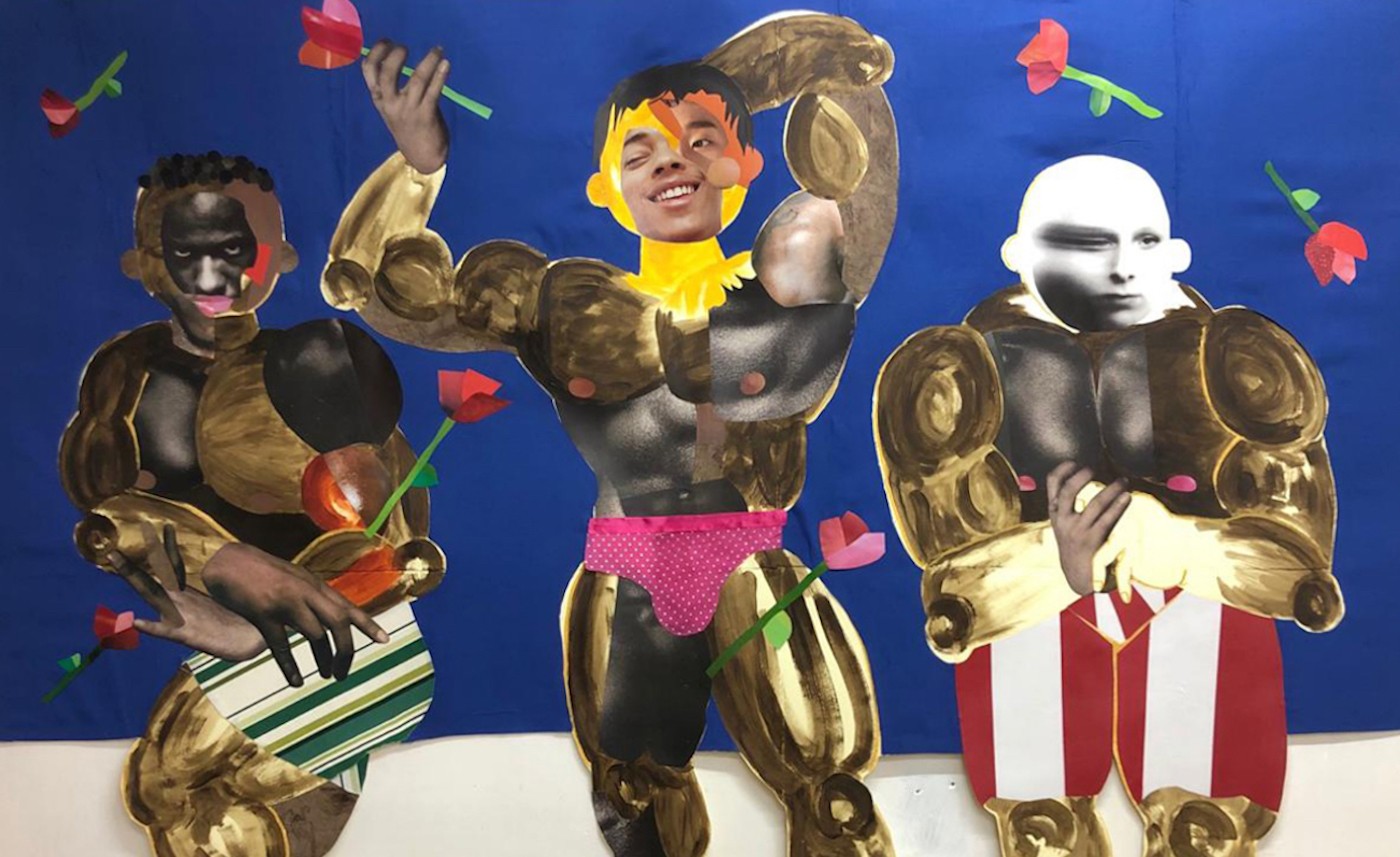Kpingni Dieth Douabou Addresses Intimate Issues of Black Feminism
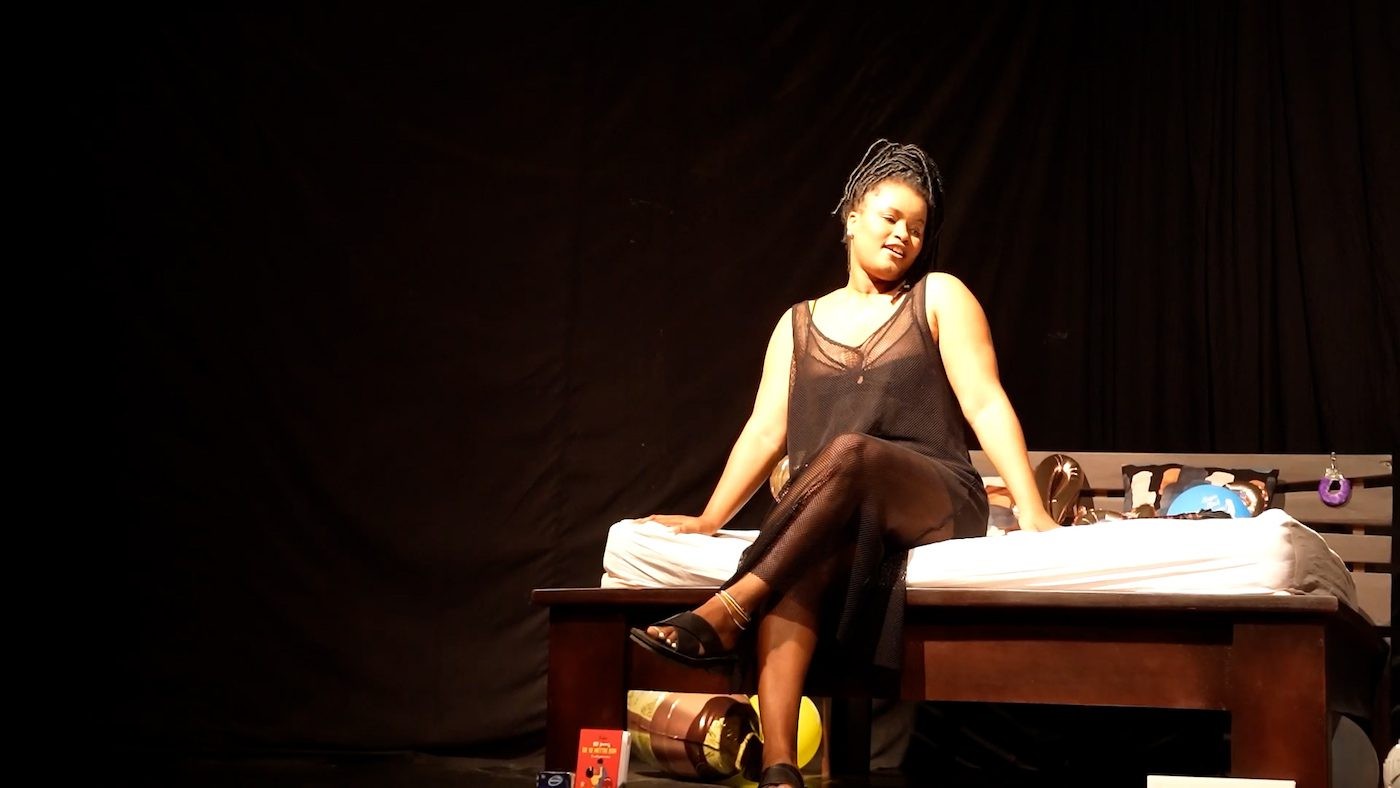
22 June 2023
Magazine C& Magazine
Words Keren Lasme
8 min read
The artist adapts the book The Sex Life of African Women and paints a candid picture of sexual experiences – the troublesome and the joyful.
Contemporary And: As a visual artist who uses collage to discuss Black feminism and sexuality, what drew you to playwriting with your latest production, La Vie Sexuelle des Femmes Africaines?
Kpingni Dieth Douabou: I am also a director and a screenwriter and I had just finished writing the script for a short film about a young woman who creates a custom-made man for herself to hide in her bedroom. After finishing that script, I wanted to try a new genre and started writing a play. I knew Nana Dakoa Sekyiamah, the author of The Sex Life of African Women – she had interviewed me for the book in 2019. And I asked her if I could use her writing as the basis for my play because as soon as I had read the book, I started imagining the stories, including my own, being acted out and performed on stage. Nana said yes and I started writing the play. My background in translation and interpretation was helpful because the book is not yet available in French – I had to translate and localize it into Ivorian French myself. The most difficult thing was to find actresses because the play is about sexuality in a straightforward way. At first I asked my close girlfriends – a couple of them said yes, but most said no. It made me laugh because I realized that unlike for me being on stage is a nightmare for many people. Even worse if it's to talk about sex in raw terms. I ended up calling on fellow feminists – who tend to be less shy about these issues – and they called on their girlfriends and we started rehearsals four months before the opening. I produced the play from scratch, with my own money, and I also had to manage the rehearsals and staging on top of a fulltime job. It was very intense but worth it.
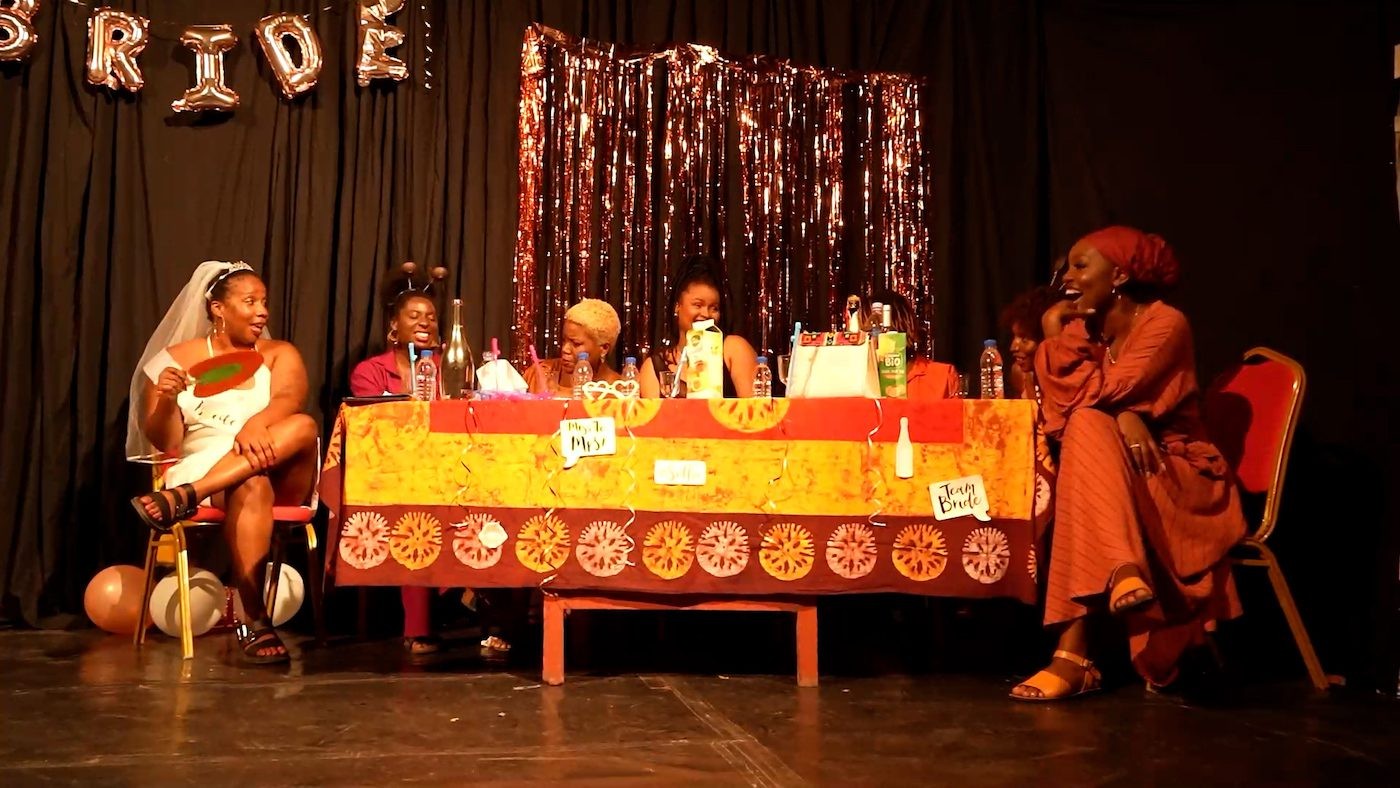
<figcaption> Photo: Somakpo Kouakou Guy Serge Eddie
C&: The play makes references to iconic Black women artists like Ntozage Shange and Nina Simone. How important is it for you to build upon the work of previous women artists and how important is sisterhood in your work ?
KDD: I'm glad you noticed that the play made reference to all those women because I really wanted it to show. There are a lot of different references throughout the play, some personal, some more obvious, because for me it's very important to honor the Black women who came before me – I want their names and their impact to live on through time. All of my artwork has this notion of ancestrality, which can be inherited by blood but also be chosen. We are who we are because of what our ancestors have done, because of the stones that our predecessors have placed on their paths, and in turn we place stones so that the paths continue. Transmission and inheritance are key notions in my work.
C&: Most of the stories shared are based on terribly painful and traumatic experiences, yet lightheartedness, joy, and pleasure shine through as healing modalities. What informed your choice of the stories?
KDD: I chose the stories as I choose the elements of my collages, whether they are analog or digital. I choose the elements individually but in relation to the complete picture I want to have. For this piece, the choice was made according to the stories that I thought absolutely had to be heard – and also by attempting to create a certain harmony between all them. There are stories that simply had to be on stage because they are the kind of accounts we don't often hear. Like the story of Solange the Rwandan transwoman, or the story of Nura who voluntarily chose to be the third wife of a polygamous man and who is having the best sex of her life in her forties; or the story of Phillester the sex-worker mother of three children. They were chosen because they show different facets of African women's sexuality in all its diversity and contradictions. The sexuality of African women is often perceived from a single point of view, the white gaze hypersexualizes us and at the same time sees us as victims unable to live fulfilled sexual lives. Our cultures on the other hand very often practice policies of respectability. After twenty-five, many African women start cosplaying respectability and hyperreligiosity because society says that’s what we need to do to end up married before we are thirty. We are not often shown as the multidimensional beings we really are. As you mentioned, the majority of the stories include traumatic accounts of sexual assault, but there is also room for pleasure and joy, which is what I wanted to bring out – the humanization of African women through the stories of their sexualities.
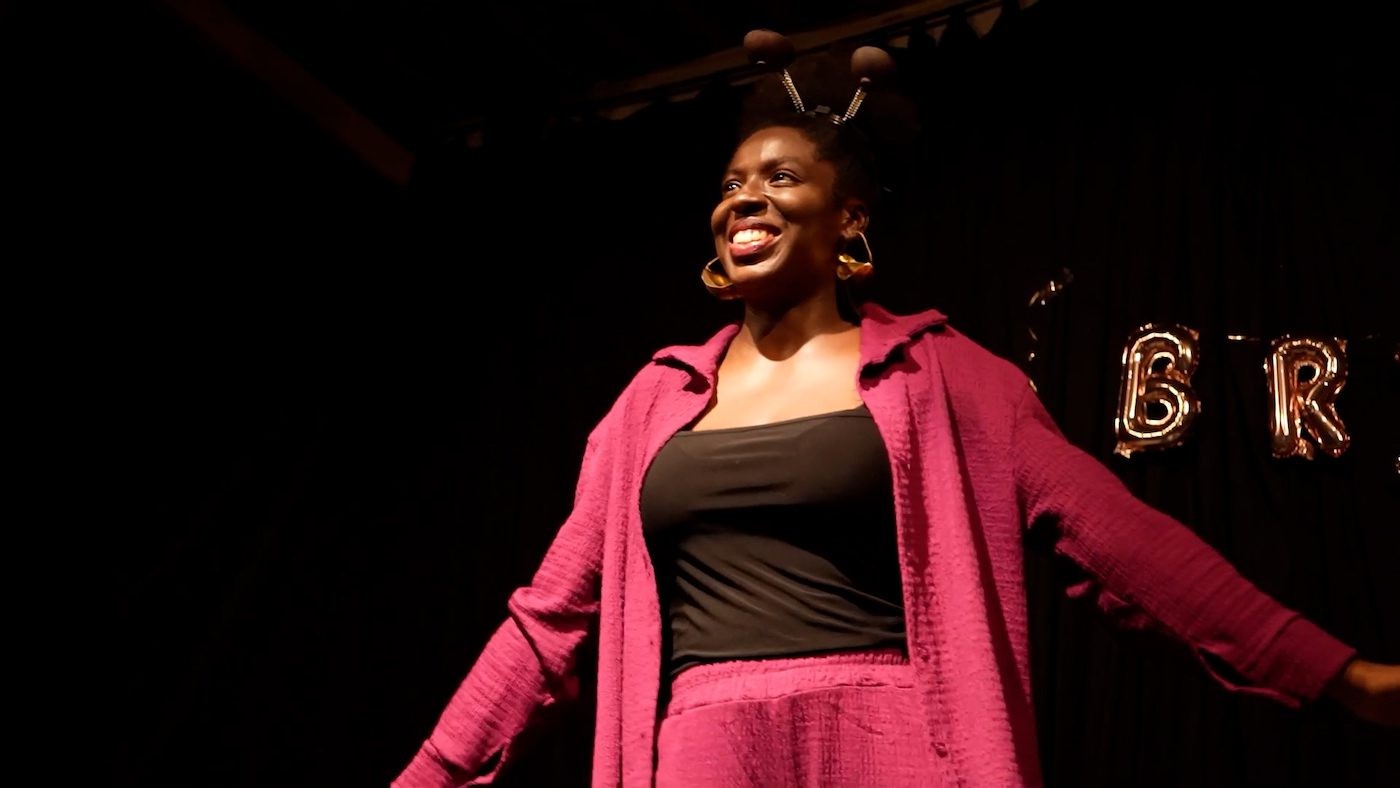
<figcaption> Photo: Somakpo Kouakou Guy Serge Eddie
C&:Going back to the healing aspects of the performance, you chose to share your personal story which is also featured in Nana’s book. How did you feel hearing your story told publicly by someone else and what did you learn from that experience?
KDD: I almost didn't bring my story into the play because even during rehearsals it was hard for me to hear it at first. But the fact that it wasn’t me playing my own character made the process easier. I decided to incorporate my own story because it shed light on a vulnerable facet of Black women's sexuality that we don't hear much about. And I definitely wanted to hear the phrase "I decolonized my pussy!" on stage. When the book came out a lot of women told me that they identified with my story, so incorporating it into the play made perfect sense. In addition, I am the only Ivorian in the book, so integrating my story was necessary for the geographical anchoring and general harmony of the play. What I learned, both from the interview with Nana and from the play itself, is that although it is scary, it’s only by being vulnerable that we can truly connect with the rest of the world. I learned that, as Audre Lorde said, silence does not protect us, but sharing our experiences is liberating. And by liberating oneself, one also allows others to liberate themselves.
C&: The night of the play, we saw people from all walks of life filling the venue to the brim. It was a full house! What is the overarching message you attempted to convey to this Ivorian audience and how would you say they received it?
KDD: The main message I wanted to convey is that Côte d’Ivoire is a sex-positive country, in its own way. Just the fact that we could be there on stage talking about transwomen, bisexual women, and sex workers in raw terms without anyone trying to shut us up was a wonderful experience of freedom. It’s something we need to preserve for as long as possible because religious extremism in the region is on the rise and this freedom is in danger. Besides, Côte d’Ivoire has a great tradition of theater that had declined in recent decades due to political problems. So I wanted the audience to see that our theater is doing very well, especially pieces carried by women. I wanted to show that political stability is necessary to have a thriving creative scene. And I wanted to talk about freedom and female emancipation. I think the message got through because during the Q&A session we were able to exchange our ideas with the audience and it was useful and mutually beneficial for me as a writer and director – for the actresses and for the audience as well.
Kpingni Dieth Douabou is a multidisciplinary artist based in Abidjan who describes herself as “a Black woman with opinions and feelings.” Her mission is to shed light on the living experiences of Black women, especially French/Francophone Black women. The themes she explores in her work revolve around the notions of Black womanhood, Afro-diasporic realities, transmission, sexuality, spirituality, and mysticism. She uses multiple disciplines and is always looking to master new mediums that will serve as canvas for her artistic expression.
Keren Lasme is an artist, writer, and literary curator whose work is concerned with mythopoetic identity formation, knowledge activation and the use of fiction and imagination as spatio-temporal technologies for inner and outer worldbuilding. Her art practice engages with collective care, engaged pedagogy, and the politics of pleasure while using the collective memories and imagination archived in African literatures as praxis.
Read more from

Maktaba Room: Annotations on Art, Design, and Diasporic Knowledge

Irmandade Vilanismo: Bringing Poetry of the Periphery into the Bienal

Esperanza de León: Curating Through Community Knowledge
Read more from
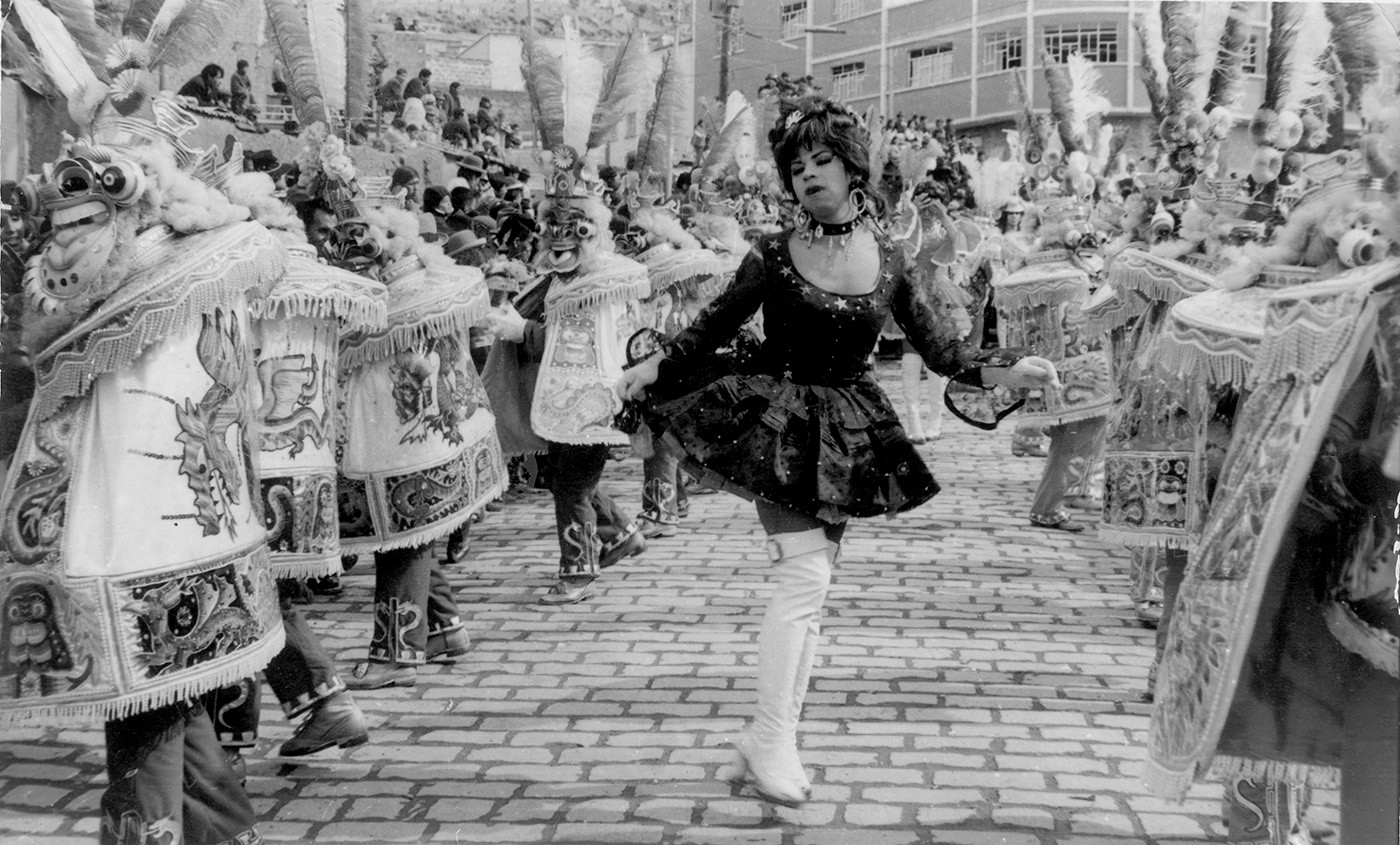
LGBTQ+ Liberation in the Andes through Q’iwa and Popular Celebrations
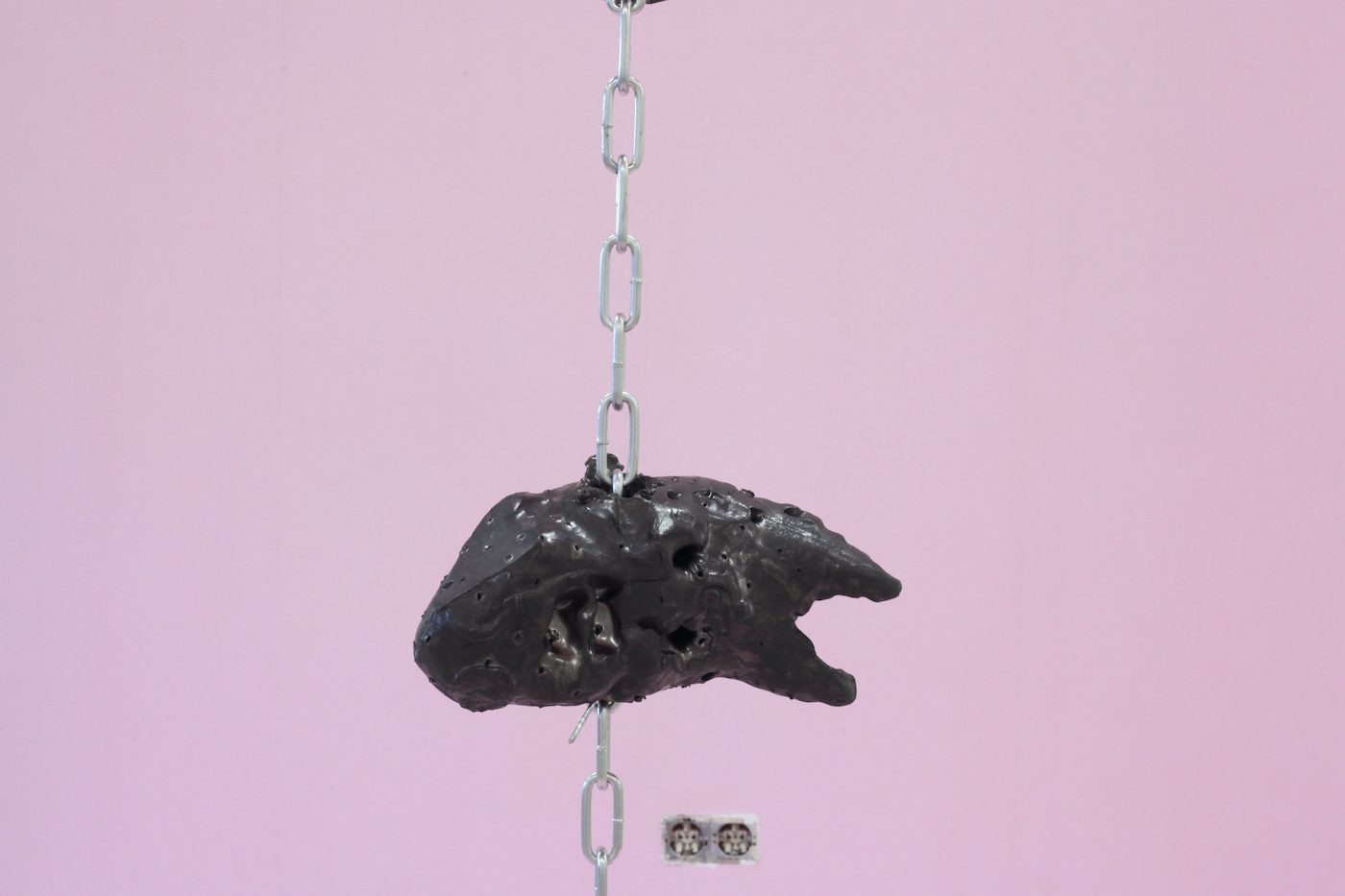
Ivana Pavlickova: Free-spirited Objects
